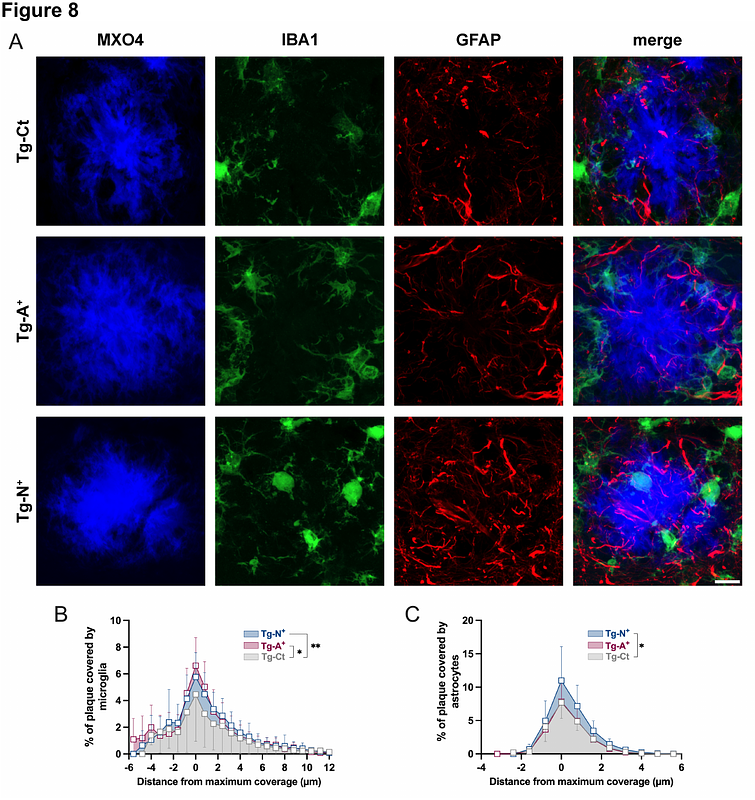Impairment of hippocampal astrocyte-mediated striatal dopamine release and locomotion in Alzheimer's disease

Impairment of hippocampal astrocyte-mediated striatal dopamine release and locomotion in Alzheimer's disease
Tournier, B. B.; Ceyzeriat, K.; Badina, A.; Gloria, Y.; Fall, A.; Amosse, Q.; Tsartsalis, S.; Millet, P.
AbstractClinical and translational research has identified deficits in the dopaminergic neurotransmission in the striatum in Alzheimer\'s disease (AD) and this could be related to the pathophysiology of psychiatric symptoms appearing even at early stages of the pathology. We hypothesized that AD pathology in the hippocampus may influence dopaminergic neurotransmission even in the absence of AD-related lesion in the mesostriatal circuit. We thus chemogenetically manipulated the activity of hippocampal neurons and astrocytes in wild-type and hemizygous TgF344-AD (Tg) rats, an animal model of AD pathology. We assessed the brain-wide functional output of this manipulation using in vivo Single Photon Emission Computed Tomography to measure cerebral blood flow and D2/3 receptor binding. We also assessed the effects of the chemogenetic manipulations on astrocytic and microglial capacity to surround and phagocytize A{beta} both locally and in the striatum. Our results show that acute and chronic neuronal and astrocytic stimulation induces widespread effects on the brain regional activation pattern, notably with an inhibition of striatal activation. In the TgF344-AD rats, both these effects were blunted. Chemogenetic stimulation in the hippocampus increased microglial density and its capacity to limit AD pathology, whereas these effects were absent in the striatum perhaps as a consequence of the altered connectivity between the hippocampus and the striatum. Our work suggests that hippocampal AD pathology may alter mesostriatal signalling and induce widespread alterations of brain activity. Neuronal and astrocytic activation may induce a protective, A{beta}-limiting phenotype of microglia, which surrounds A{beta} plaques and limits A{beta} concentration more efficiently.